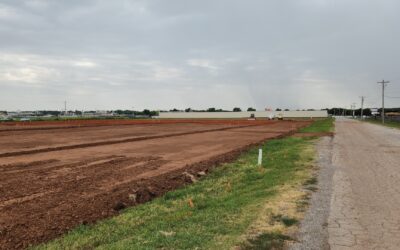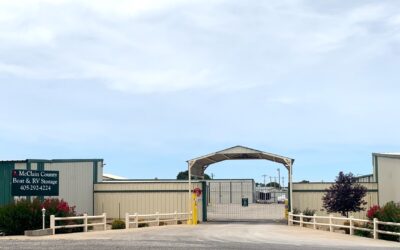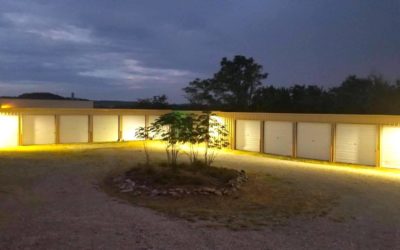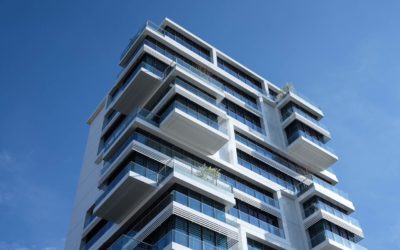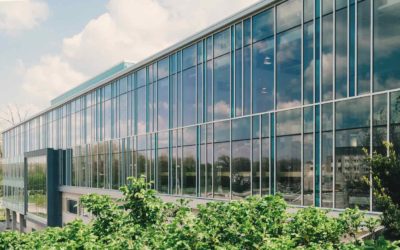The Anatomy of a Commercial Real Estate Investment Deal

All commercial real estate investment deal sponsors will tell that they have a good deal on the table and you should invest in it. As the passive investor, how do you know if this is actually a good deal to invest in. The reality is not all commercial real estate investment opportunities are sound investments. Remember you are investing in a company and not just a building. So before you sign the PPM (Private Placement Memorandum) and put your money on the table, here are a few things to consider;
1. Know as much about the deal sponsor as possible. You must interview the professional and make sure your questions are answered. Some key information to understand are;
- How long has the deal sponsor been in business and how many deals have they executed (from acquisition to exit)?
- How often does the deal sponsor communicate with the investors and what’s the method of communication?
- What’s the average “Cash on Cash” return the deal sponsor delivered to the investors over the lifecycle of the investment?
- Who has the deal sponsor partnered with on deals and what’s their track record?
- How many deals have they executed that did not perform to the objectives outlined in the PPM (Private Placement Memorandum) and what did they do to address the situation? Were they able to deliver to the investor the targeted returns regardless of the issues realized?
- How many times did they overperform to the plan and delivered a higher return to the investor?
- How does the deal sponsor manage risk? Is there a risk register defined for the project – including how they are mitigating the risk of the deal sponsor being incapacitated and unable to manage the project through completion?
- Has this deal sponsor effectively executed asset management processes to the scale of the investment being presented?
2. Educate yourself on the asset class, the type of project, and the market the asset is located in;
- What’s the ratio of people leaving the community/market vs. people coming into the community?
- How many other “like buildings” are being built or already exist in the market – understand the supply and demand ratios?
- What are the assumptions the deal sponsor is making when formalizing the Proforma? Are these assumptions accurate? Also, what are the market norms being considered and are they accurately reflected in the market?
- What’s the typical return for the asset class being invested in?
- What’s the CAP Rate (Capitalization Rate) for the asset being considered – Both on the acquisition side and the exit side (know the CAP Rate of the neighborhood and the asset being invested in)? Is there a plan to reduce the CAP Rate during the lifecycle of the project (the higher the CAP Rate, the better the starting point to the investment)?
3. You must know the financials and the project’s business strategy. You need to dig deep into the project’s Proforma;
- The Proforma states the overall financials for the project. Familiarize yourself with the document. Ask if you can have the actual document (the actual spreadsheet and not just the PDF document).
- Look though the Performa to see if there are calculation issues.
- Make sure you understand the monthly income being generated by the asset. Based on the business plan, how is the project increasing the income for the asset? Is this project increasing rental income, eliminating late paying tenants, value added services being created, etc.? Increasing revenues and reducing expenses are key to increasing the Net Operating Income of the project. Also ask questions regarding what capital expenditures are being planned/budgeted that results in increasing revenues.
- Make sure you understand how the operating expenses are being reduced. The other key element to increasing Operating Income is by reducing operating expenses. Are they changing the property management organization? Are they eliminating certain expenses through process improvements or by investing in capital improvements such as LED lighting, replacing aged HVAC systems, etc.?
- Make sure you understand the bank financing for the project. Is there enough Net Operating Income generated to cover the Debt Service (the Debt Service Ratio is a key measure the bank looks at before approving the loan)?.
- What’s the projects Internal Rate of Return, the overall Cash-on-Cash Return at the end of the project, and what’s the Preferred Return (monthly or quarterly) the project will deliver to its investors based on the Free Cash flow projections?
- Make sure you understand the project’s risks based on the asset class (i.e. multi-unit apartment building, hotel, storage facility, office building) and type of project (i.e. ground up development, value add, buy-and-hold for cash flow and/or asset appreciation).
4. You should know how the Investment deal is structured and how it’s being invested (know the Private Placement Memorandum or Deal Operating Agreement – depending on the size of the deal);
- How many “Class A” investors are being pursued and what’s the % ownership of the “Class A” investors?
- Who are the “Class B” investor(s) and how much equity is being retained by the “Class B” investor(s)?
- How much funding is the deal sponsor providing to the deal – is he/she also a “Class A” investor?
- How much money is the real estate investor taking as an acquisition fee (common fees are normally 2%-7% of the deal depending on its size and structure)?
- Has the “Deal Sponsor” or “Developer” placed a personal guarantee on the debt and for how long?
While this list is not 100% exhaustive, this is a great starting point for each investor to engage the deal sponsor and have a very good understanding of the deal – the project’s business plan, the risks and most importantly the returns.
Join Our Community!
Submit a simple application and get access to new investment opportunities, education, and a community of like-minded investors.
Other Resources
Slow Waltz Deal Close
The Investors Country Club, in partnership with Tango Development, ispleased to announce the successful closing of the Overflow Garage Boat, RV and Mini-Self Storage investment (2931 Melba Ln, Norman, OK 73072). This is a new construction project is located just north...
What is a Net Lease?
"What is a net lease and why do I care as a Passive Commercial Real Estate investor?" As I encounter various office building investment opportunities, I see the term “Net Lease” often. As this term is not used in many other commercial real estate asset classes, I...
McClain Storage – Funded Project
McClain County Boat & RV Storage is just south of Norman, OK. The property consists of 15 buildings on 19 acres with over 320,000 square feet of space for rent divided into 689 units – 73% of which are completely enclosed, some with electric doors, and 14% are...
1031 Exchanges Explained
I have received numerous questions from our community concerning the 1031 Exchange and why it’s a beneficial tool for the real estate investor from a tax management perspective. In short, the 1031 Exchange provides the investor the ability to swap one investment...
Why I like Self Storage Units
Why I like Self Storage Units as a Passive Commercial Real Estate Investment In our daily travels, we most likely will see a Self Storage Unit business either nestled within a strip mall, behind an office complex, or all by itself on a rural road. And the more you...
Buckner – Funded Project
Buckner Medical Center was successfully funded on November 13th, 2020. The opportunity was a strong, low-risk yield-play with steady cash returns. (9% preferred to all passive investors) and a stable growth in value that is easily expected to be at least a 15% IRR....
Lago Vista – Funded Project
This property is approximately 14,840 sqft of net rentable storage facility that sits on 2.55 acres in Lago Vista Texas which is the Austin MSA. The property market is considered to be along the Highland Lakes area, which is the largest chain of lakes in Texas. This...
The Passive Real Estate Investor
When we hear the term “Passive Investor”, most people may think "passive" means that you don't have to do anything once you invest in a commercial real estate asset (or business). The perspective may be to just make an investment and then forget about it. Well it’s...
How Commercial Real Estate Investments Make you Money
When we invest our money in the stock market, we usually expect to make a return based on a couple of vehicles - stock price appreciation and potentially a dividend based on the number of shares you own (many companies don’t offer a dividend). When we invest in...

